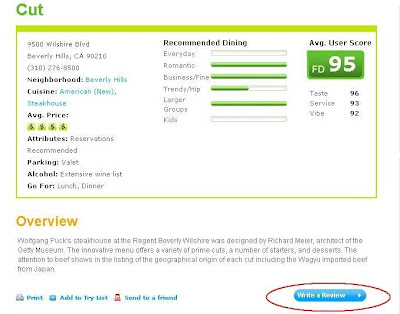3114 Beverly Blvd
Los Angeles, CA 90057
213.387.8498
For our latest event, we chose to experiment with a red wine and sushi pairing. We all know that beer, sake, champagne, softer whites or even pinot noir could pair with most types of sushi, but Bordeaux and Rioja? Generally, Bordeaux is highly tannic...Rioja, not so much, but still overpowering. We were concerned that the wine would simply overpower the delicate flavors of raw fish. Not so, according to Shibucho's Shige-san. He's been promoting the pairing of Bordeaux and sushi for decades. The secret? The wine has to be OLD!

And so, our event was born. We invited a group of our favorite bloggers, mixed in with a couple of new faces. In attendance were Ryan of tangmeister.com, Kevin of Kevineats.com, Ila of inomthings.blogspot.com, Fiona of GourmetPigs.blogspot.com, Joshua of FoodGPS.com and Tony of sinosoul.com. Brian, Marshal and I rounded out the group. The three of us brought:
'82 Pavie-Decesse
'78 Ducru Beaucaillou
'76 Lopez de Heredia Vina Tondonia Rioja Vina Tondonia
'76 Lopex de Heredia Vina Tondonia Rioja Vina Boscania
'75 Leoville Barton
'75 Montrose
'89 Beycheville
Kevin and Ryan generously provided a '78 Dom Perignon, which we started the meal with.

We paired the Dom with Ankimo, or monkfish liver. Shige-san provided two different cuts. The one on top had an orange hue. The ankimo was topped with ponzu, scallion and chili infused daikon. Paired well with the Sauternes-like champagne. The orange hued piece was a better match, as opposed to the bottom piece.
Next, we had the Pavie Decesse paired with a mirugai, aoyagi, hotate and seaweed salad. The salad, with a white miso base, was really mild. This was our first test with the red wine pairing. Even though the wine was young compared to the other bottles, it didn't overpower the clams and scallops.

We followed next with an albacore salad, toro sashimi, maguro sashimi, Buri sashimi and Hirame sashimi. Shige-san then threw us a curveball and served an eggplant parmesan. After that, we had a sake and ikura salad, followed by toro nigiri, hamachi belly nigiri, sea bream nigiri and golden eye snapper nigiri.
Getting a bit intoxicated at this point, we had all discussed the different pairings. Some were definite hits, like the toro...some were not quite there, like the halibut and it's fishiness being drawn out.
We moved on to a buri daikon and anago nigiri. Some of us finished with an uni handroll, which blew away any crabroll I'd ever finished with at Sasabune, Echigo, Kiriko or Wa.
Kevin and Ila did an amazing job of recounting the meal, picture by picture...so please read their blogs for a blow by blow, and some history.
Towards the end of the evening, I stepped outside to make a phone call. As I finished, I looked up and noticed Shige-san gesturing me to come over. He was at the back door entrance, and he led me inside. Slightly confused, I followed. Shige-san lead me in and began showing me his immense wine collection.
As we went through the closet, and additional temperature closets not pictured, he showed me, with great pride, the many bottles he's collected over the years. Petrus, Screaming Eagle, different vintages of all of the first growths...the list was endless. I was so excited, I asked if I could bring everyone else in. 'No...it's a secret! Only you can see!'
The evening itself, with the amazing conversation, incredible company and thought provoking pairings, was memorable. Shige-san showing me his personal cellar? Now that was priceless. As we left after midnight, we all took pictures with him. He welcomed us back and bowed goodbye. Our first visit weeks before, Shige-san was guarded...so I know where some people come from when they criticize his demeanor. But once he sees a love of food and wine in you, it's almost like he becomes your mentor. He had so many words of wisdom and was so kind. I'll always remember my little tour of the secret wine cellar.


















































